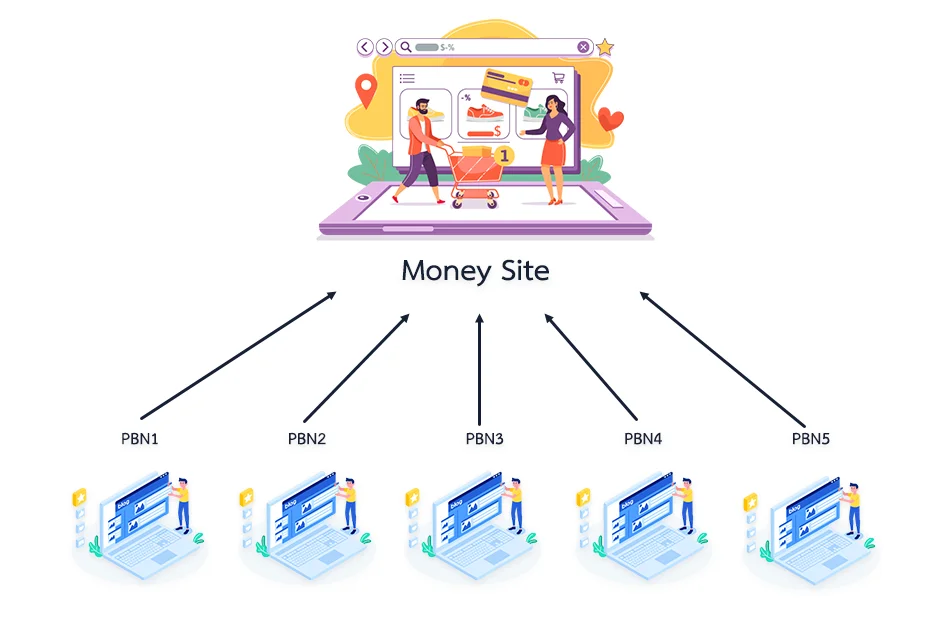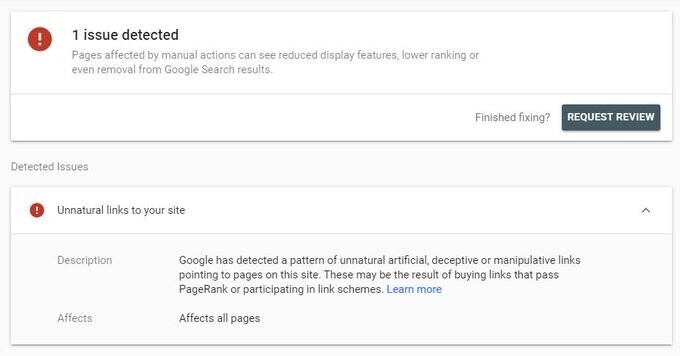All Categories
Featured
Table of Contents
- – What Are The Highest Rated Semantic Seo Best P...
- – Who Is The Premier Semantic Seo For Beginners ...
- – What Is The Most Suitable Schema Markup For S...
- – When Are The Top Schema Markup For Semantic S...
- – What Are The Most Recommended Implementing S...
- – What Is The Premier Improving Rankings With ...
- – Top Advanced Semantic Seo Dealer Near Me
The web is transforming, coming to be increasingly more semantic. SEO is also transforming and coming to be extra semantic. This is since internet search engine have actually evolved and are relocating much more and much more in the direction of checking out content on the internet. Certainly, that has also transformed the method we create web content, specifically if we intend to place far better in the online search engine.
Intertwingularity is not generally acknowledged, individuals maintain pretending they can make points deeply ordered, categorizable and consecutive when they can't. Based on the connections in between search objectives, the search engine favors a content in placing by computing the distance in between the vectors of meaning.
It permits you to see, beginning with a topic, all the entities that relate to that subject. In this manner you can clearly see which entities/concepts/ideas have actually currently been covered on your web site, and you can uncover brand-new chances by comprehending what material you can include and exactly how to develop it.
What Are The Highest Rated Semantic Seo Best Practices?
It is able to make your content understandable for search engines on the one hand and for your audience on the various other. Structuring your web content design highlights your web content and its underlying connections to ensure that search engines can acknowledge you among hundreds of items of info, making you a lot more visible to users that satisfy the search intent pertaining to your company.
In semantic SEO copywriting, an editor starts from a broader series of topics and customizes the content to consist of semantically pertinent terms and phrases that assist viewers recognize a topic, comparable to checking out material in a wiki. From a web content composing viewpoint, one sensible way to do this is to create a vocabulary of terms and questions bordering your target subject.
Who Is The Premier Semantic Seo For Beginners Company
Find out extra about by watching the by!.

Semantic search refers to the procedure of exactly how online search engine comprehend and match key words to a searcher's intent in organic search engine result. Before semantic search, search engines like Google operated like matchmakersaligning specific words in your question with those specific words on pages. The results were uncomplicated but often did not have deepness.
What Is The Most Suitable Schema Markup For Semantic Seo?
It enables Google to offer quick, precise solutions to look questions concerning real-world topics. When you type a query word into Google, you're not simply going into a sequence of words.
When you search for "Apple," Google doesn't simply see a word that explains a fruit. It acknowledges Apple as a company and can supply related info. Like the name of its CEO, Tim Chef, or its most recent supply rates. Google revealed the Hummingbird update in 2013. It was Google's solution to the surge of voice searches, where queries ended up being more conversational and nuanced.
When Are The Top Schema Markup For Semantic Seo Sales
By incorporating NLP, Hummingbird permitted Google to move past plain keyword matching. It aided the search engine comprehend search intent, increasing the probabilities that results would accurately match the factor behind a customer's search.
RankBrain is an artificial intelligence system that assists Google translate queries it hasn't seen before. It can make assumptions regarding words and phrases it does not recognize and filter results appropriately. Making it more effective at taking care of never-before-seen search queries. RankBrain considers greater than just key words when assessing a search inquiry.
It fetches results that match the key phrases and straighten with the total intent of providing puppy training suggestions. And if the user regularly browses for dog-related web content, Google could focus on much more comprehensive training guidesrecognizing the customer's recurring rate of interest in the subject. Incorporating modern technologies like the Expertise Chart, Hummingbird, and RankBrain, semantic search assists the Google algorithm interpret and link information across a substantial web of information.
What Are The Most Recommended Implementing Semantic Seo
The focus shifts from keyword choice to an alternative approach incorporating individual intent, topical relevance, and general customer experience. Developing content that attends to the searcher's needs with comprehensive details can boost your SERP rankings. Listed below, we detail the fads and methods that combine the need for semantically notified web content. Later on, we give actionable suggestions to transform these insights into finest methods.
And kind of web content can best please their demands. A wider strategy to material aligns much better with semantic search's change away from exact keyword phrase matching and toward user intent. Which clarifies the raised concentrate on topic clusters, instead than specific keyword phrases. Content that covers search inquiries better not only satisfies customers.
UX intends to produce a visually appealing, easy to use interface with appealing, high quality content that motivates visitors to remain. Semantic search technology makes it possible for search engines to intend for outcomes that supply the finest possible UX.
What Is The Premier Improving Rankings With Semantic Seo Company?

All display Google's ability to deal with a topic inquiry comprehensively. By comprehending the context and intent behind customer queries, internet search engine can provide more pertinent details and possibly enhance customer interaction. Customization in search results page creates better UX.Based on your past search history and preferences as a user, semantic search assists internet search engine customize the outcomes to suit your distinct needs and interests.
It fetches results that match the keywords and align with the total intent of supplying young puppy training guidance. And if the user often browses for dog-related content, Google may prioritize more in-depth training guidesrecognizing the user's ongoing rate of interest in the topic. Combining modern technologies like the Expertise Graph, Hummingbird, and RankBrain, semantic search helps the Google formula translate and link information across a large internet of information.
Top Advanced Semantic Seo Dealer Near Me
The focus changes from keyword selection to a holistic approach encompassing user intent, topical relevance, and total user experience. Creating web content that addresses the searcher's demands with detailed info can improve your SERP positions. Below, we detail the patterns and techniques that consolidate the demand for semantically informed material. Later, we provide actionable tips to transform these understandings right into best methods.

And type of content can best please their needs. A broader approach to material aligns much better with semantic search's shift away from specific key words matching and towards individual intent. Which clarifies the boosted emphasis on topic collections, instead of specific search phrases. Material that covers search inquiries better not just pleases individuals.
UX intends to develop a visually enticing, user-friendly user interface with interesting, top quality content that urges visitors to stay. Semantic search innovation enables search engines to aim for results that supply the ideal feasible UX.
All display Google's capability to resolve a subject inquiry comprehensively. By comprehending the context and intent behind user questions, internet search engine can supply extra relevant info and potentially boost user involvement. Customization in search results makes for far better UX.Based on your previous search history and choices as an individual, semantic search aids online search engine tailor the results to suit your distinct demands and interests.
Table of Contents
- – What Are The Highest Rated Semantic Seo Best P...
- – Who Is The Premier Semantic Seo For Beginners ...
- – What Is The Most Suitable Schema Markup For S...
- – When Are The Top Schema Markup For Semantic S...
- – What Are The Most Recommended Implementing S...
- – What Is The Premier Improving Rankings With ...
- – Top Advanced Semantic Seo Dealer Near Me
Latest Posts
What Is The Most Recommended Semantic Search Algorithms Available Today
What Are The Highest Rated Semantic Search Strategies?
How To Buy The Top Optimizing For Search Intent
More
Latest Posts
What Is The Most Recommended Semantic Search Algorithms Available Today
What Are The Highest Rated Semantic Search Strategies?
How To Buy The Top Optimizing For Search Intent